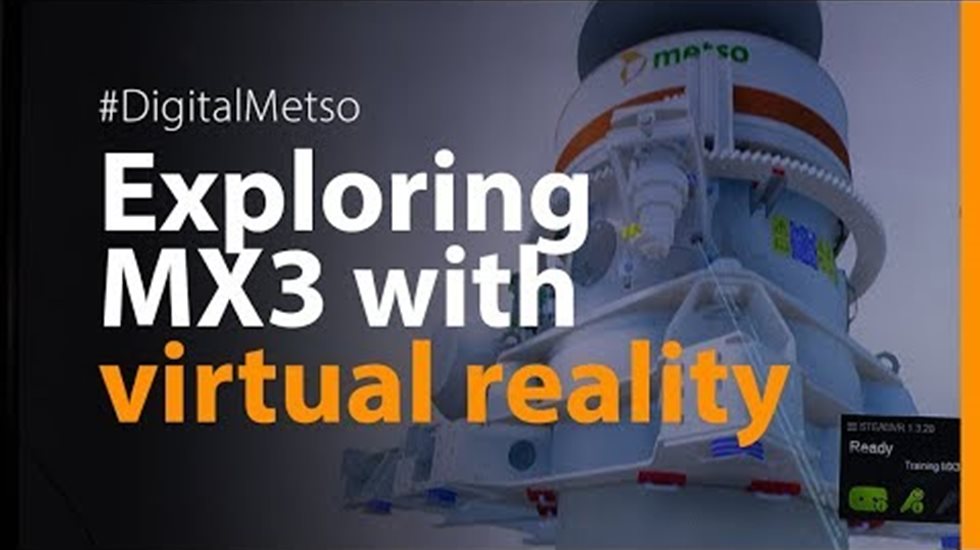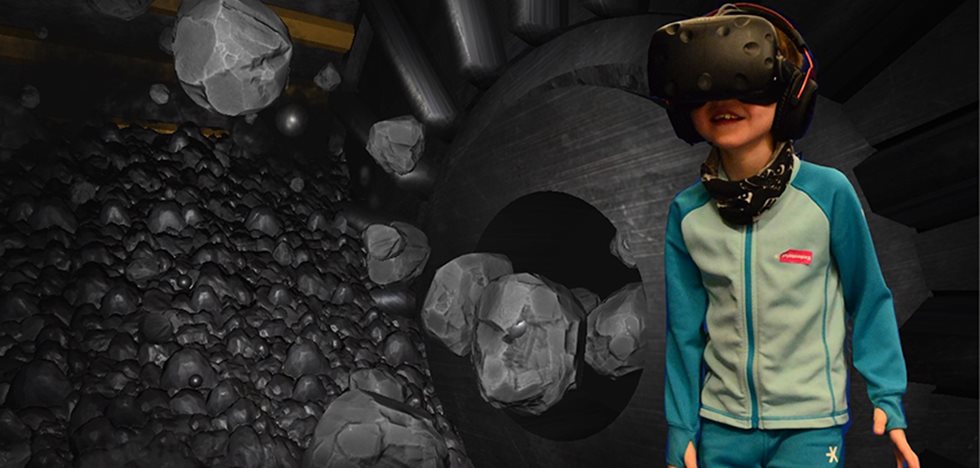Our use cases with VR fall under four major categories:
- Remote support with VR and virtual demonstration of equipment installation and servicing e.g. immersive visualization of installation, assembly, repair and maintenance processes
- design reviews, e.g. engineers collaborating in a VR environment (as avatars) from different locations to review product design
- training, e.g. sales training so that they can understand the technical and technological features of the product through immersive experiences (watch the video above for demo!)
- marketing, e.g. using VR to showcase our equipment at exhibitions and tradeshows
Seizing the opportunities of Virtual Reality
Remote support and virtual demonstration with VR
We have been working on proof of concepts to use VR technology to provide faster services and ensure better presence for our customers. On-site service and inspection visits can often be time consuming due to travelling, which means lost time with the customer.
With VR/AR, travel constraints can be at least partially addressed. If customers have a challenge that can be solved remotely, they can connect with our experts via Augmented Reality tools/headsets to stream a video in real-time at the site. Our experts can connect from anywhere in the world and provide guided self-help for customers to solve the problem. There is potential for significant time savings in solving issues and getting back on track with production.
Using VR, we were also able to successfully demonstrate a top work assembly process in our valve factory. VR was used to showcase the size and functionality of the tool for assembly.
Design reviews with VR
We are also experimenting with VR in design review. Most CAD software providers nowadays provide inherent integration to Virtual Reality environments. There, engineers can collaborate and engage in immersive design review, which is especially attractive to a whole new generation of digital-savvy engineers. From a productivity perspective, this is a great avenue to ensure close collaboration without additional travel costs or using time to travel.
Virtual design reviews can also be done with customers to get their feedback on design at an early stage. With a relatively small initial investment in VR glasses, software, and associated computing hardware, we can prevent potential design flaws and avoid a total redo or product recall due to dysfunctional design at a later stage in the project.
The immersive nature of VR along with advance real life-like features and animations, e.g. crushing action, vibrational motion, etc. provides a more realistic environment for creating or modifying designs or even plant plans for our customers.
Training with VR
Besides design, we are considering how to augment our current training programs, such as product training for our customers and sales people, with an element of VR to provide a safer, interactive and immersive experience of our highly engineered products. In the long run, virtual reality training allows more frequent training updates and thus, increases collaboration and decreases travelling costs.
Gamification of Megaliner™ mill liner replacements with VR
In 2018, we sponsored a Game Jam arranged by Arctic Game Lab in Sweden, which resulted in the Metso Megaliner™ VR game. The purpose of the game is to demonstrate through gamification techniques how fast, safe and easy it is to replace and remove mill liners using Megaliner™ technique in comparison to traditional mill liner replacement methods. In the game, the player enters a mill to replace worn out mill linings and competes with friends on time. We are now using the VR game at exhibitions all around the world to showcase our Megaliner mill lining replacement technique.


